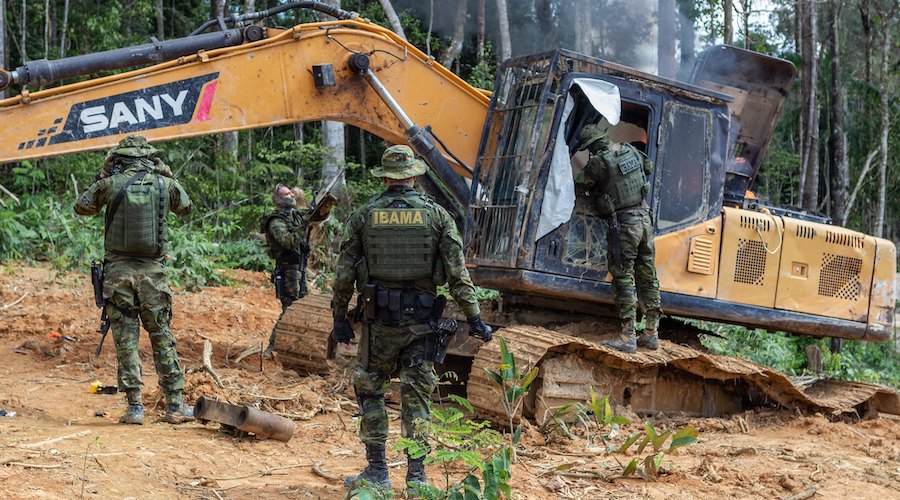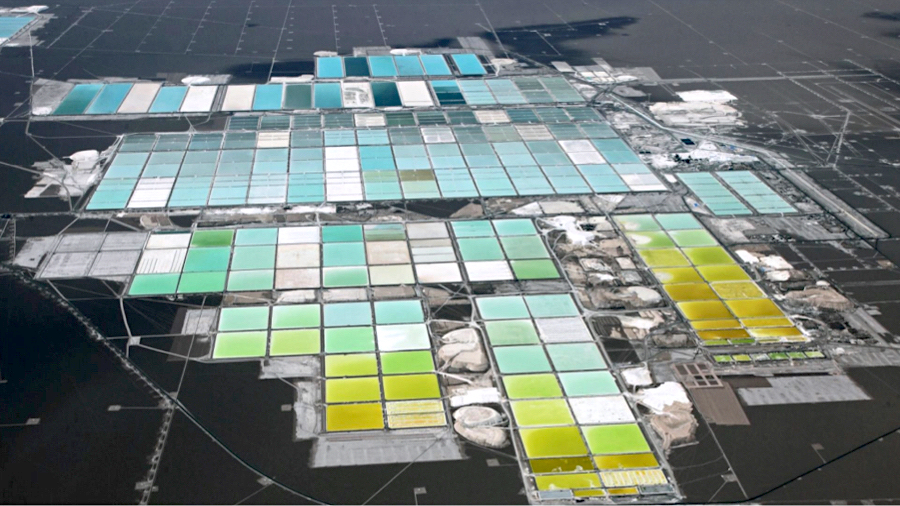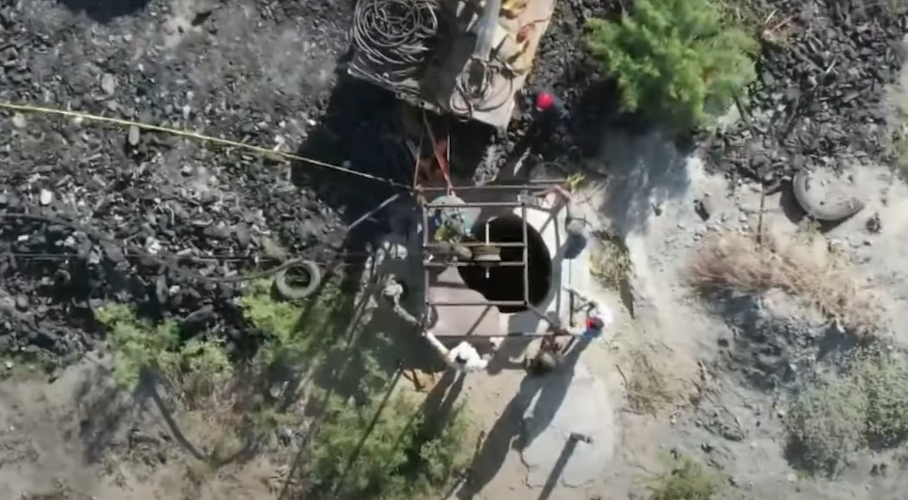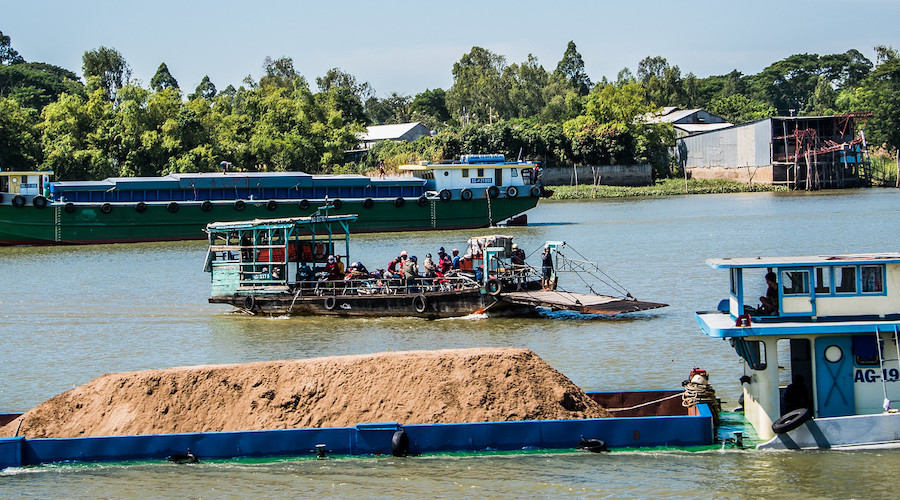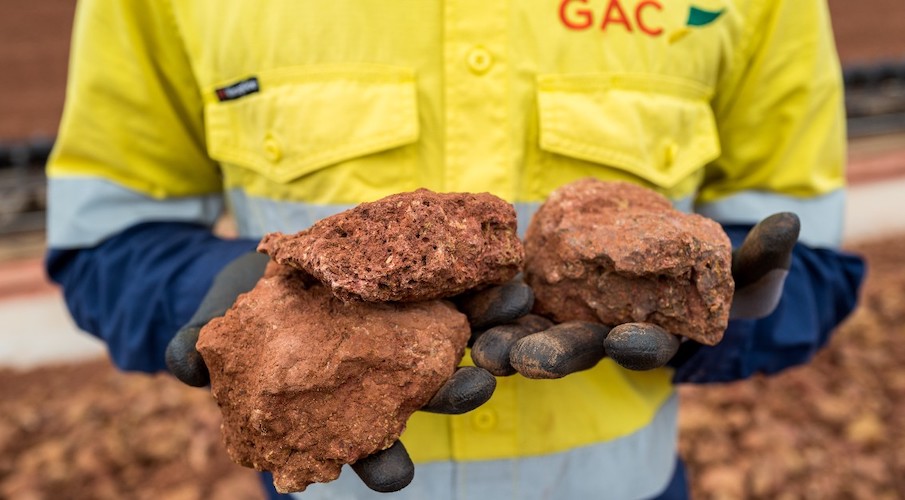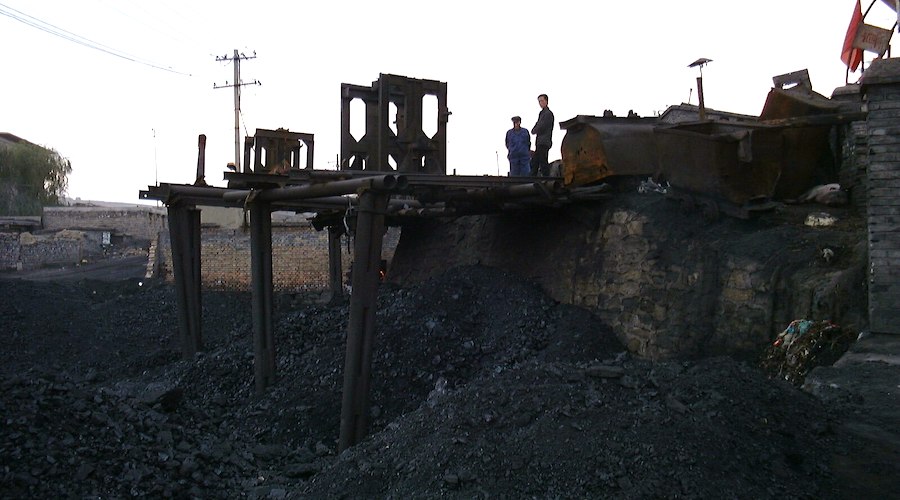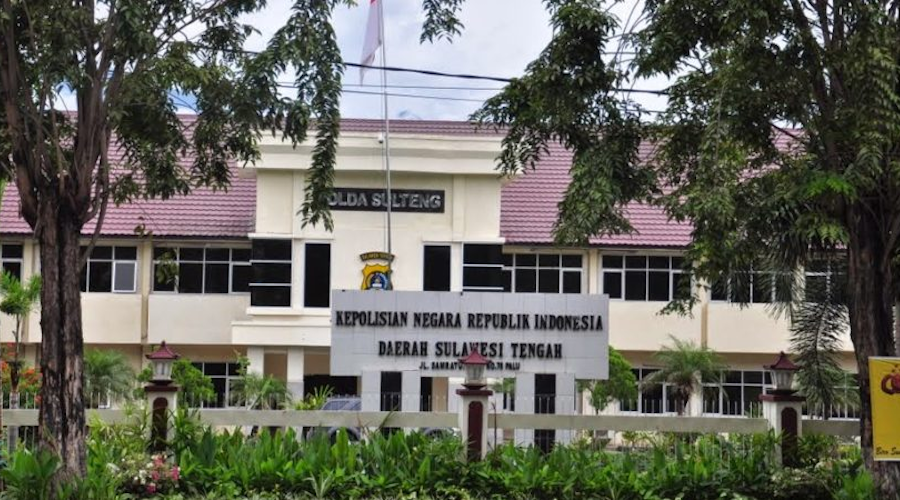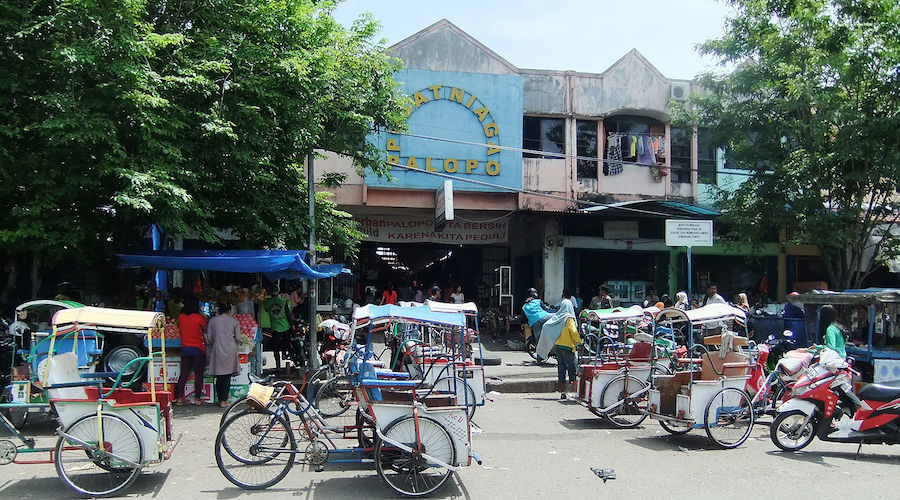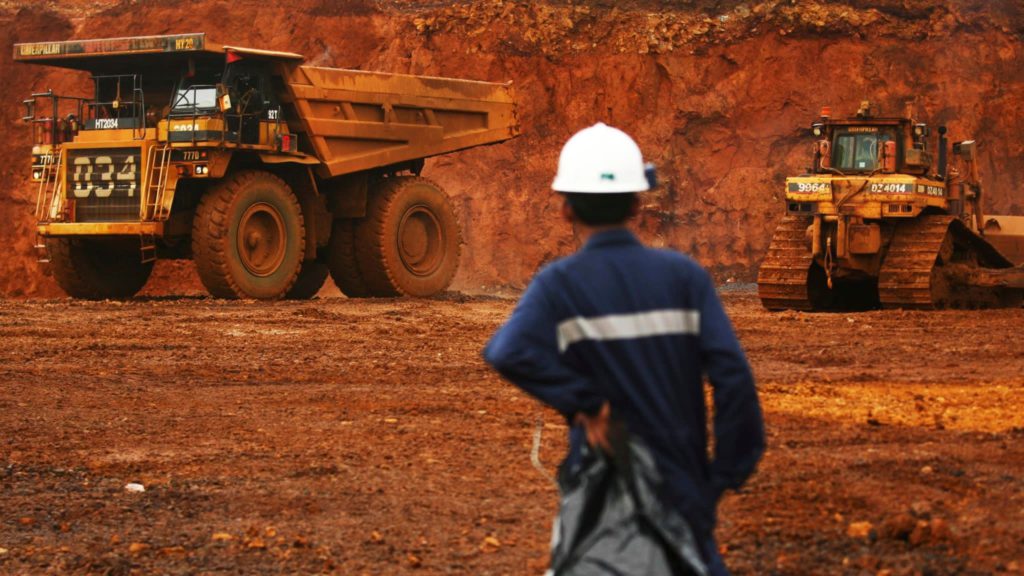Staff Writer | December 29, 2023 |

Emiliano Cortés is working on material solutions to capture and use solar energy more efficiently. (Image by the University of Munich).
An international team of researchers has developed a two-dimensional supercrystal that generates hydrogen from formic acid with the help of sunlight.

In a paper published in the journal Nature Catalysis, the scientists explain that the goal of their plasmonic nanostructures is to concentrate solar energy, as it is mostly diluted when it reaches the earth.
“Where the high-energy particles of sunlight, the photons, meet atomic structures is where our research begins,” lead researcher Emiliano Cortés said in a media statement. “We are working on material solutions to capture and use solar energy more efficiently.”
According to Cortés, these findings have great potential as they enable novel solar cells and photocatalysts. The industry has high hopes for the latter because they can make light energy accessible for chemical reactions—bypassing the need to generate electricity.
For their supercrystal, Cortés and his colleague Matías Herran created particles in the range of 10–200 nanometers from a plasmonic metal—which in this case is gold.
“At this scale, a special phenomenon occurs with plasmonic metals, which also include silver, copper, aluminum, and magnesium: visible light interacts very strongly with the electrons of the metal, causing them to oscillate resonantly,” Herran said.
This means that the electrons move collectively very quickly from one side of the nanoparticle to the other, creating a kind of mini-magnet. Experts refer to this as a dipole moment.
“For the incident light, this is a big change so that it subsequently interacts much more strongly with the metallic nanoparticle,” Cortés explained. “Analogously, one can think of the process as a superlens concentrating the energy. Our nanomaterials do that but on the molecular scale.”
This process allows the nanoparticles to capture more sunlight and convert it into very high-energy electrons. These, in turn, help drive chemical reactions.
Organizing gold particles
To harness this energy, the researchers, who work at the Ludwig Maximilian University of Munich, teamed up with colleagues at the University of Hamburg. They arranged gold particles in an orderly fashion on a surface according to the principle of self-organization. The particles must be very close but not touching for maximized light-matter interactions. In collaboration with a research team from Freie Universität Berlin, which studied the optical properties of the material, the LMU researchers found that light absorption increased many times over.
“The gold nanoparticle arrays focus the incoming light extremely efficiently, yielding highly localized and strong electric fields, the so-called hotspots,” Herrán said. These form between the gold particles, which gave Cortés and Herrán the idea of placing platinum nanoparticles, a classic and powerful catalyst material, right in the interspaces.
“Platinum is not the material of choice for photocatalysis because it absorbs sunlight poorly. However, we can force it in hotspots to enhance this otherwise poor absorption and power chemical reactions with the light energy. In our case, the reaction converts formic acid into hydrogen,” Herrán pointed out. With a hydrogen production rate from formic acid of 139 millimoles per hour and per gram of catalyst, the photocatalytic material currently holds the world record for H2 production with sunlight.
The researchers noted that, at present, hydrogen is primarily produced from fossil fuels, predominantly from natural gas. To switch to a more sustainable production, research teams worldwide are working on technologies that use alternative feedstocks—including formic acid, ammonia, and water. The focus is also on developing photocatalytic reactors suitable for large-scale production.
“Clever material solutions like ours are an important building block for the success of the technology,” the two researchers mentioned. “By combining plasmonic and catalytic metals, we are advancing the development of potent photocatalysts for industrial applications. It is a new way to use sunlight and one that offers potential for other reactions such as the conversion of CO2 into usable substances.”


